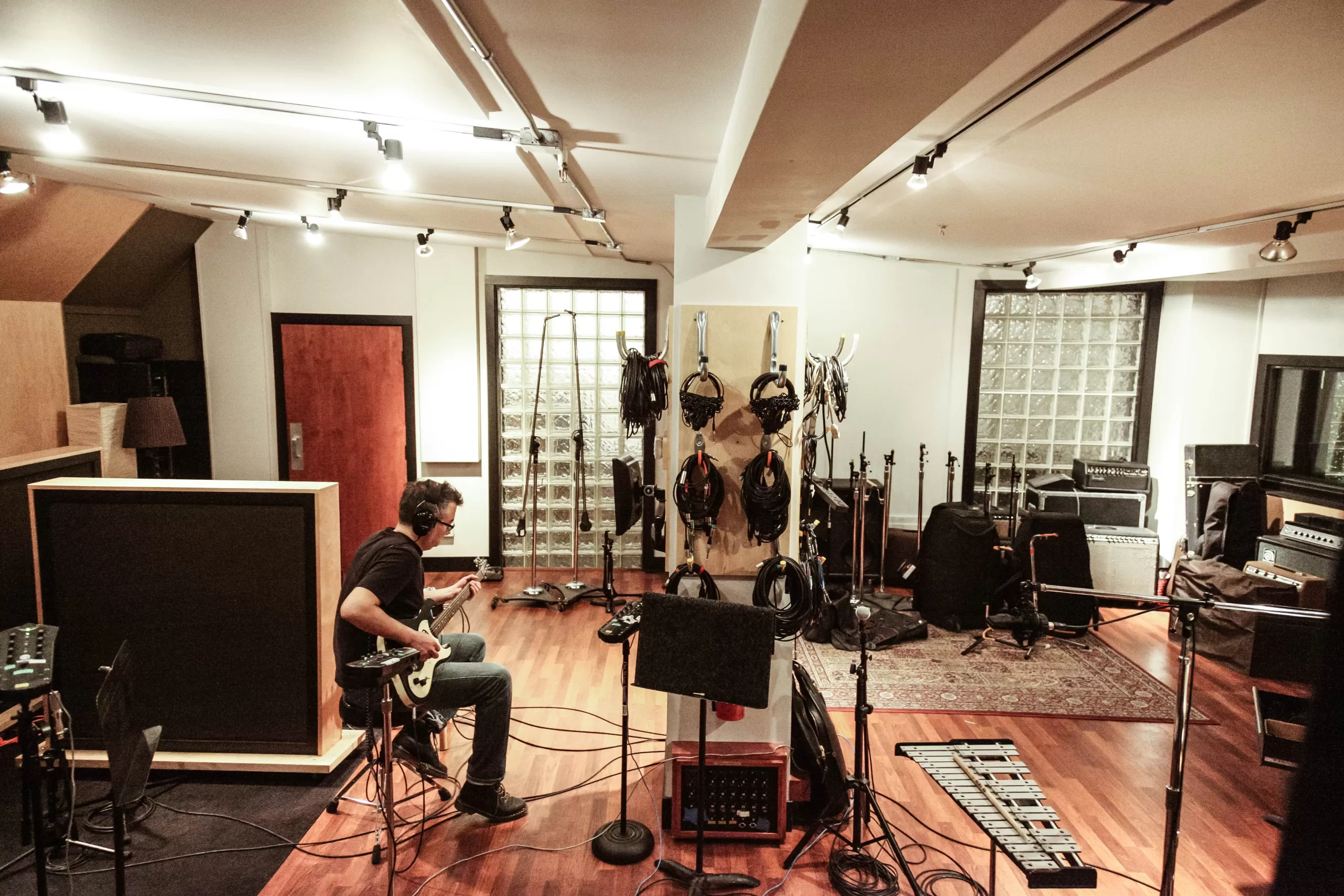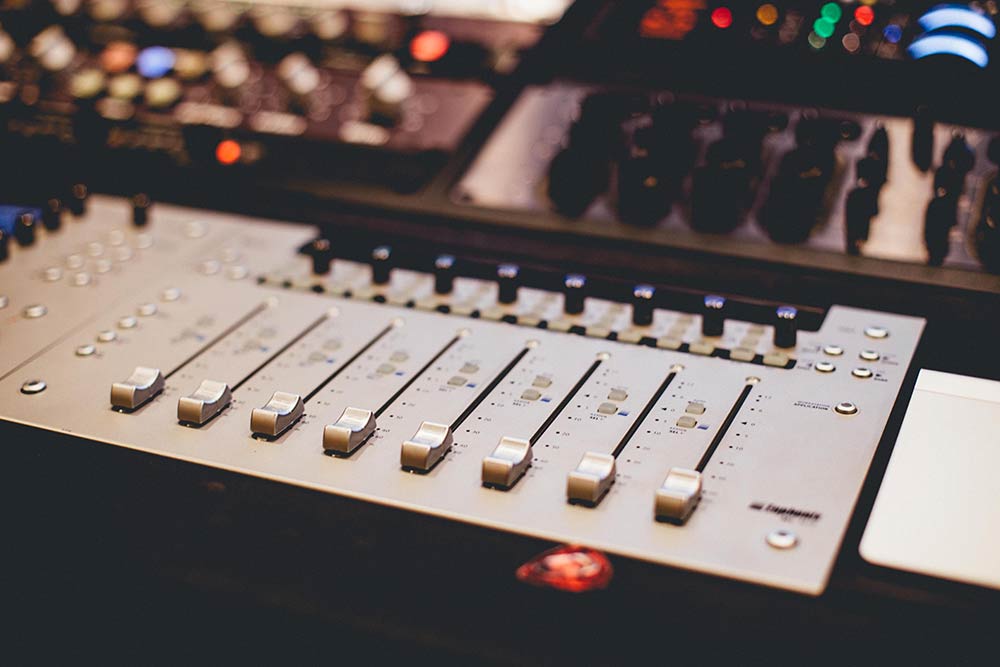
Mixing and mastering are crucial steps in the music production process, and getting them right can make a big difference in the quality of your tracks. Here’s a masterclass on the art of mixing and mastering:
- What is mixing? Mixing is the process of taking all of the recorded elements of a song – such as vocals, instruments, and samples – and arranging them into a cohesive track. This involves balancing the levels of each element, applying effects, and shaping the overall sound of the track.
- What is mastering? Mastering is the final step in the music production process and involves optimizing the overall sound of the track and ensuring that it sounds good on a variety of playback systems. This can involve applying EQ, compression, and other effects to enhance the sound, as well as preparing the track for distribution.
- Tips for mixing: Here are some tips for getting the best possible mix:
- Use reference tracks: Reference tracks are songs that you use as a reference when mixing your own music. They can be helpful for getting a sense of how your tracks should sound and for making mix decisions.
- Pay attention to the arrangement: The arrangement of a song – the way that the various elements are put together – is crucial to its success. Make sure that each element is contributing to the overall feel and direction of the song.
- Balance the levels: Proper level balancing is crucial for a good mix. Make sure to balance the levels of all the elements in your mix and use a metering plugin to ensure that they’re not peaking.
- Use EQ to shape the sound: Equalization (EQ) is a powerful tool for shaping the sound of individual tracks and the overall mix. Use EQ to balance the frequencies of each element and create separation between instruments.
- Use compression wisely: Compression can be used to even out the levels of a track and add punch and sustain to certain elements. However, it’s important to use it wisely – over-compressing can lead to a lifeless mix.
- Tips for mastering: Here are some tips for mastering your tracks:
- Use a mastering plugin: A mastering plugin is a software program that can be used to apply effects to a track during the mastering process. Some popular options include Ozone and LANDR.
- Use reference tracks: As with mixing, it can be helpful to use reference tracks during the mastering process. This can give you a sense of how your track should sound in comparison to other professionally mastered tracks.
- Use EQ to balance the frequencies: Equalization is an important tool for balancing the frequencies of a track during the mastering process. Use a spectral analyzer plugin to identify any frequency imbalances and use EQ to fix them.
- Use compression sparingly: While compression can be useful for adding punch and sustain to a track, it’s important to use it sparingly during the mastering process. Over-compressing can lead to a lifeless sound.
- Leave enough headroom: Headroom refers to the space between the highest peak of a track and the maximum level that the track can reach without distorting. It’s important to leave enough headroom during the mastering process to ensure that the track doesn’t distort.
By following these tips, you can improve the quality of your mixes and masterings and take your music production skills to the next level. Remember that mixing and mastering take time and practice, so don’t get discouraged and keep working towards your goals.




